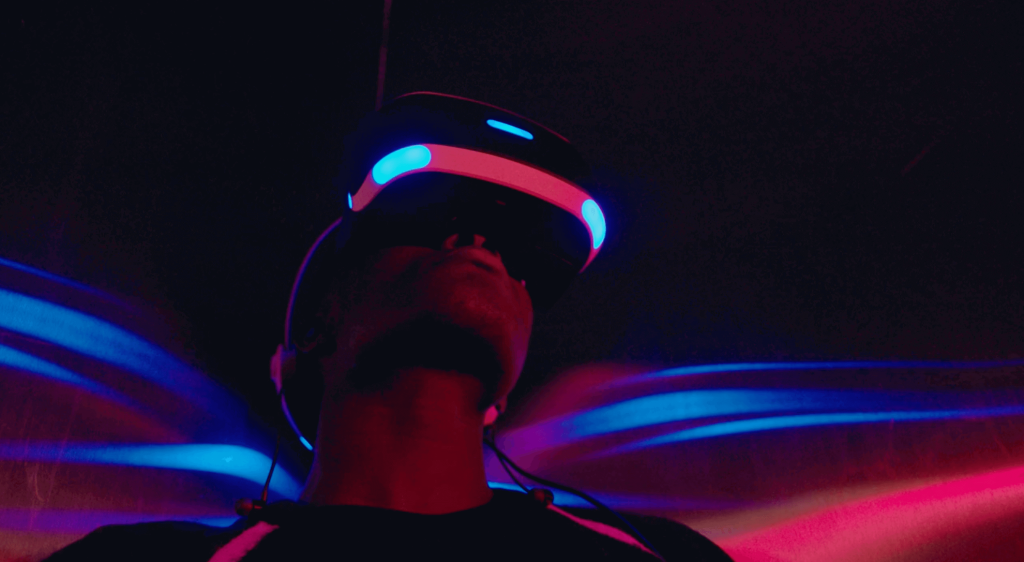The artificial intelligence landscape is evolving at an unprecedented pace, with significant advancements that are redefining multiple sectors. From the emergence of open-source platforms that enhance machine learning processes to innovative applications of AI in entertainment and proactive assistance, the spotlight is on tools and technologies that are changing how we interact with IT systems and daily challenges. In this article, we will explore three of the latest AI developments: ClearML, Shazam, and Proactive Assistance Agents.
.
**ClearML: The Open-Source Platform Streamlining Machine Learning Operations**
ClearML has finessed its role as an open-source platform focused on enhancing machine learning operations (MLOps). Released initially to allow better management and orchestration of ML workflows, it has now become an indispensable tool for data scientists and ML engineers. With its robust features, ClearML facilitates seamless pipelines that allow teams to track experiments, manage datasets, and deploy models efficiently.
.
One of the most notable features of ClearML is its experiment management capability, enabling users to record and visualize experiments in a structured way. The platform allows for hyperparameter tuning, version control, and collaborative features that make it easier for teams, regardless of their geographical location, to work together on machine learning projects. Furthermore, with a steady commitment to enhancing user experience, the team behind ClearML has rolled out recent updates that enhance integration with popular data science libraries like TensorFlow, PyTorch, and others, making its usability diverse and far-reaching.
.
Another pivotal aspect of ClearML is its automation capabilities. The platform offers advanced tools to automate repetitive tasks, thereby saving time and resources. With automated monitoring and resource allocation, machine learning practitioners can focus more on model performance rather than getting bogged down by logistical challenges. Moreover, this automation extends to cloud computing platforms, which can harness ClearML’s capabilities to balance workloads dynamically, leading to improved operational efficiency.
.
Finally, being open-source allows developers and users to customize ClearML according to their unique requirements. This adaptability has led to a growing community of contributors who are continually improving the platform. This community-driven model encourages knowledge sharing, allowing users to learn from one another while also pushing the envelope in machine learning operations.
.
**Shazam: AI in Entertainment and Music Discovery**
Shazam, a well-known app for music recognition, has taken significant strides in integrating advanced AI technologies to enhance its functionality. The app, which allows users to identify music playing around them, has evolved into an even smarter platform capable of providing personalized recommendations, mood-based playlists, and real-time data analytics for music engagement.
.
Building upon its initial music recognition capabilities, Shazam is leveraging artificial intelligence to not only recognize songs but to analyze user behavior and preferences meticulously. The integration of machine learning algorithms enables the app to learn from users’ past interactions. By understanding user preferences, it can curate tailored recommendations that feel personal and relevant. This personalization has become increasingly essential as music streaming services expand, making individuality in content consumption even more important.
.
Shazam’s latest update includes a feature that allows users to access lyrics and artist information in real-time, enhancing the overall listening experience. This is not just a gimmick; it is fundamentally changing how users engage with music. By utilizing AI to provide information instantaneously, Shazam-fans can delve deeper into their favorite tracks, discovering more about the artist, album context, and other similar tracks, thus creating a rich tapestry of music discovery.
.
Moreover, the technology behind Shazam is increasingly becoming a powerful tool for music labels and artists. The analytics provided by the platform can inform decisions on marketing strategies, understanding trending genres, and even guide artists in shaping their upcoming projects based on popular tastes. Hence, the convergence of AI and music through applications like Shazam is revolutionizing both the listener’s experience and the artist’s reach.
.
**Proactive Assistance Agents: The Future of Personal AI Assistants**
Proactive assistance is the next frontier for artificial intelligence, moving beyond reactive assistance to a more anticipatory form of engagement. Proactive Assistance Agents (PAAs) are designed to observe user behaviors and predict their needs. By leveraging machine learning and natural language processing, these agents can provide personalized recommendations, reminders, and even schedule optimization before a request is made.
.
Unlike traditional AI assistants, which wait for user commands, PAAs analyze data from various sources to anticipate what a user might need. For instance, if a user consistently runs late for meetings, a proactive assistant can automatically adjust their calendar, suggest earlier routes, or remind them about impending appointments, thus eliminating the need for user prompts.
.
Technology leaders are investing heavily in the development of PAAs, which have the potential to enhance productivity not just in professional environments but in personal domains as well. Imagine a home assistant that can manage your grocery lists, plan meals based on dietary preferences, and even suggest gift ideas for upcoming events without ever being asked. This advanced level of service could revolutionize the way consumers interact with technology in their everyday lives.
.
Underlying the success of proactive assistance agents is a wealth of data. These agents are designed to gather and analyze vast amounts of information, allowing them to predict user behaviors accurately. Nevertheless, this raises essential questions about data privacy and security. As the AI landscape becomes increasingly capable, ensuring ethical use and safeguarding user data will be pivotal for widespread adoption.
.
The evolution of PAAs signals a shift towards a more integrated digital experience, where specific goals are achieved through foresight rather than reactive measures. From smart homes adjusting environments based on mood to apps that optimize daily schedules, the future seems poised for transformation that is both meaningful and user-centric.
.
**Conclusion: The Expanding Horizons of AI**
The strides made by technologies like ClearML, Shazam, and Proactive Assistance Agents underscore the dynamic nature of artificial intelligence. ClearML’s open-source MLOps framework promotes collaborative machine learning practices. Shazam’s innovative use of AI enhances user engagement, while proactive assistance agents stand at the forefront of anticipated user needs.
As these technologies evolve, they invite challenges that span technical, ethical, and societal realms, necessitating thoughtful discourse and robust frameworks to maximize their potential while protecting user interests. In conclusion, the current landscape not only showcases the efficiency and capabilities of AI but also highlights the need for collaborative efforts in shaping a responsible future, where technology genuinely serves the user.
.
**Sources:**
1. ClearML Documentation. (2023). Retrieved from [ClearML website](https://clear.ml).
2. Shazam Blog. (2023). Shazam and AI: Revolutionizing Music Discovery. Retrieved from [Shazam website](https://www.shazam.com).
3. Industry Reports on Proactive Assistance Agents. (2023). Retrieved from [Tech Industry Insights](https://www.techinsights.com).

























